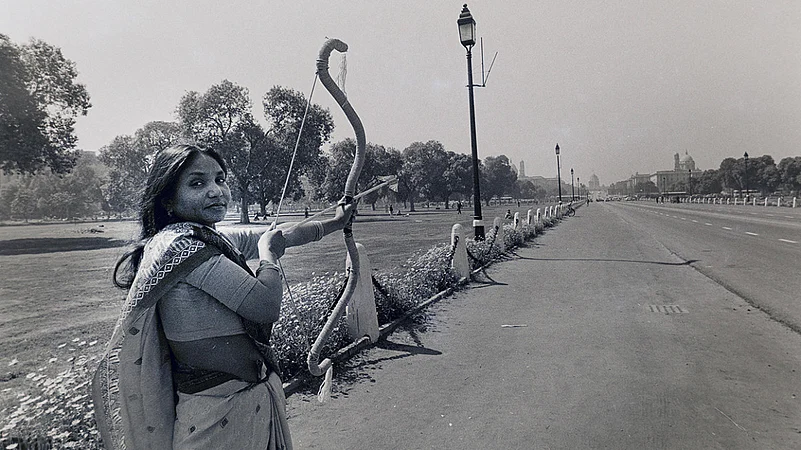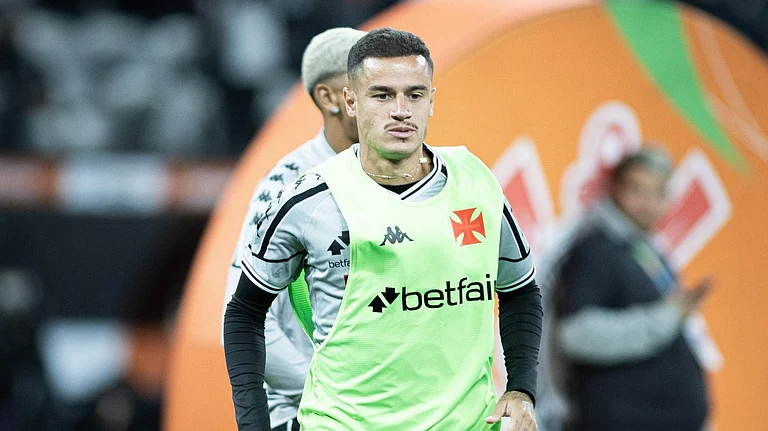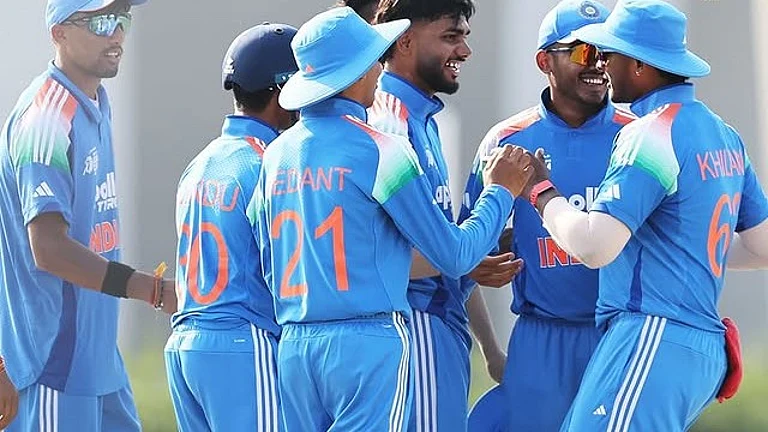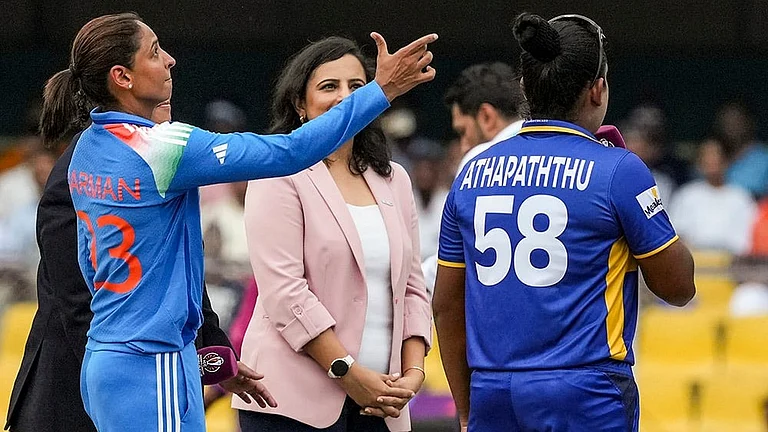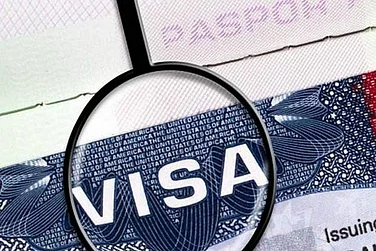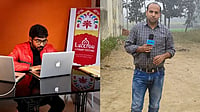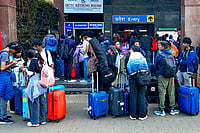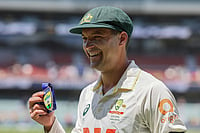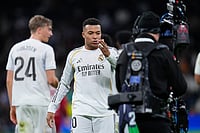Electoral politics in the Hindi heartland is the story of hundreds of castes, their dynamics, each striving for their representation, everyone consolidating behind their leader or icon. With increased awareness and bargaining power, their leaders often stitch alliances for the great electoral marketplace.
Each caste comes with their “glorious past”, often based on stories of hoary historical figures, augmented with validation from Hindu religious scriptures. Prominent national leaders such as Beni Prasad Verma (Kurmi), Phoolan Devi (Nishad), Ashok Gehlot (Saini), etc, have emerged from some of these communities. Often in Uttar Pradesh, these lower castes are subdued by the aura of the Yadav community, the most dominant among OBCs.
But lately, their ripples have turned into waves. Non-Yadav OBCs have awakened to the possibilities of caste equations in elections, and do not hesitate to portray their past and their iconic figures to bargain for a better collective future. Politicians too find it easy to deal with a particular party deriving support from a particular community—a transactional mode of politics, not underpinned by any ideological compulsion.
The latest example is of Om Prakash Rajbhar. Son of a coal miner, he was earlier in BSP, after which he formed Suheldev Bhartiya Samaj Party in 2002. He won four seats in 2012 and is now contesting as an ally of SP.
Apna Dal, founded by Dr Sonelal Patel, is another example. One of its factions is now represented by his daughter Anupriya Patel, while the other is fronted by his wife Krishna Patel. Both groups derive support from the Kurmi community.
The National Commission for Backward Classes lists 76 castes along with their many sub-castes as Backward Classes. The State Backward Class Commission has 70 representations pending from different castes for inclusion as Backward Classes. The Social Justice Committee (2001) headed by Babu Hukum Singh divided the OBCs of Uttar Pradesh into three categories—Backward Classes with Yadavs and their sub-castes, More Backward Classes including another eight castes, and Most Backward Classes, that includes 70 castes. The Social Justice Committee also suggested sub-categorisation of reservation for OBCs.

UP’s politics always revolved around castes. With better awareness and means of communication, OBCs are finally asserting themselves and are no longer confined as ornamental categories.
Soon after forming the government in 2012, Samajwadi Party organised a conference of Backward Classes from the fishermen’s community at their office. The office was decorated with big loudspeakers and lots of bunting. On stage were several Backward Class leaders.
Two major announcements were made by then Chief Minister Akhilesh Yadav—inclusion of 17 OBC castes under the Scheduled Caste category, and declaration of a state holiday on April 5, to commemorate the birth of Nishad Raj Guha, the king of Shringverpur, a religious site just 30 km from Prayagraj.
The Nishad Raj of Ramayana studied with Lord Ram at the gurukul of Vashisht. Later, he and Nathalal Kewat helped Lord Ram cross a river during the latter’s exile. On his return to Ayodhya, Lord Ram invited Nishad Raj for his Rajyabhishek. Lautan Ram Nishad, currently contesting as Congress candidate from Ghazipur seat, says Nishad Raj was bal sakha (childhood friend) of Lord Ram. A 35 ft-tall statue of Nishad Raj is installed at Shringverpur in Prayagraj. Lautan Ram Nishad claims it was crowd-funded by the community in 2016. The state government has also planned to install a statue of Nishad Raj at Shringverpur.
At present, several castes constitute the Nishad community. They include Mallah, Kewat, Bind, Dheemar, Kashyap, Kahar, Goriya, Turha, Manjhi, Bathan and Raikwar. All these come under OBCs. However, some sub-castes linked with Nishads also fall under the SC category, like Manjhwar, Tureha, Gond, Khairaha, Panika and Kharwar.
Among their icons is former MP Phoolan Devi, who after being released from jail on February 20, 1994, formed the Eklavya Sena after the ace archer in the Mahabharata. The organisation has fallen inactive over time. Union minister Captain Jai Narain Nishad was instrumental in getting the Eklavya statue that is installed in Prayagraj.
The Nirbal Indian Shoshit Hamara Aam Dal (NISHAD) party, which was formed in 2016, is contesting as a BJP ally in 2022. Mukesh Saini, the founder of Vikassheel Insan Party in Bihar, claims he is a son of a Mallah.
The Rajbhar community in eastern UP is one such community that has rallied around Om Prakash Rajbhar to become a formidable force in the state. They trace their history as a ruler caste, with Maharaja Suheldev as their icon. In February last year, PM Modi laid the foundation stone for a memorial to Maharaja Suheldev in Bahraich in a virtual function. Earlier, Maharaja Suheldev’s statue was unveiled in Bahraich by Amit Shah. A commemorative stamp too has been released.
Spread across 125 assembly seats, Rajbhars are now a strong force. Maharaja Suheldev is said to have defeated 11th century Ghaznavid invader Salar Masud. Their leader Om Prakash Rajbhar founded the Suheldev Bhartiya Samaj Party which is contesting in 18 seats as an ally of the SP.
Another OBC caste with some influence is Mauryas who draw their lineage from iconic rulers from ancient history, Chandragupta Maurya (321-297 BC) and Ashoka. This community is present across the country. In UP, surnames indicating the caste include Maurya, Saini, Shakya, Kushwaha, Sinha, Mahto, Gehlot, Hardia and even Reddy.
Traditionally engaged in growing vegetables, the community has grown affluent of late, and with that, there’s a sense of political awakening among them. Ramawadh Maurya, who retired as an instructor at the Mehmoodabad Government Polytechnic in Sitapur, claims even today, their community is vegetarian and does not marry off their daughters into families that consume meat. Ikshwak Maurya, a BJP leader in Barabanki, states the community is now politically awakened. The result is the fielding of a Maurya candidate from Barabanki for the first time in the district. “Today’s youths are much more politically aware. They don’t hesitate to demand their rights,” he says.
Yet another caste that’s fast asserting its voice is Baghel, one of the 84 gotras and originally a community of gadariyas (shepherds). Within them, there are two main classifications—Dhangar and Neekhar. J.P. Dhangar, who heads All India Dhangar Mahasabha, claims they migrated to Maharashtra from Gokul in Mathura. Their main religious site is a Shiva temple near Pune.
“Historically,” Dhangar says, “we are linked to Maratha queen Devi Ahilyabai Holkar.” Tell-tale surnames include Pal, Baghel, etc. Though educationally they are backward, politically they have begun to flex their muscles of late. Union minister S.P. Singh Baghel is one such example who contested against SP president Akhilesh Yadav from Karhal seat in Mainpuri.
Not to be left behind are smaller castes like Chauhan who are basically Rajput. They draw their lineage from Prithviraj Chauhan. With recent demands on social media for a statute of the ancient ruler in Delhi, they too are trying to display their clout.
Once engaged in manufacturing salt, they were called Loniya Chauhan (lon = salt). Over time, the phonology has changed to Noniya. They are now spread across UP and have the Janvadi Socialist Party headed by Sanjay Chauhan representing their caste interests.
(This appeared in the print edition as "Heartland Maelstrom")






